Securing the Schoolyard
Securing the Schoolyard
Protocols that Promote Safety and Positive Student Behaviors
Nicholas D. Young, Christine N. Michael, and Jennifer A. Smolinski
ROWMAN & LITTLEFIELD
Lanham Boulder New York London
Published by Rowman & Littlefield
An imprint of The Rowman & Littlefield Publishing Group, Inc.
4501 Forbes Boulevard, Suite 200, Lanham, Maryland 20706
www.rowman.com
6 Tinworth Street, London SE11 5AL, United Kingdom
Copyright 2019 by Nicholas D. Young; Christine N. Michael and Jennifer A. Smolinski
All rights reserved . No part of this book may be reproduced in any form or by any electronic or mechanical means, including information storage and retrieval systems, without written permission from the publisher, except by a reviewer who may quote passages in a review.
British Library Cataloguing in Publication Information Available
Library of Congress Cataloging-in-Publication Data Available
ISBN 978-1-4758-4850-2 (cloth : alk. paper)
ISBN 978-1-4758-4851-9 (pbk. : alk. paper)
ISBN 978-1-4758-4852-6 (electronic)
 The paper used in this publication meets the minimum requirements of American National Standard for Information SciencesPermanence of Paper for Printed Library Materials, ANSI/NISO Z39.48-1992.
The paper used in this publication meets the minimum requirements of American National Standard for Information SciencesPermanence of Paper for Printed Library Materials, ANSI/NISO Z39.48-1992.
Printed in the United States of America
Contents
With deep appreciation and gratitude, we wish to acknowledge Sue Clark for her skilled editing of this manuscript. Her attention to detail and her well-honed language skills made her an important contributor to this tome. Along with her tremendous professional contributions to our team, Sue has long since become a valued friend.
Securing the Schoolyard: Protocols that Promote Safety and Positive Student Behaviors sets the stage for schools to consider how best to develop programs and protocols that work in contemporary society to ensure the safety of staff and students. In a world where school violence has received global attention, this book was written to be a valuable resource for all pre-service and veteran teachers, school administrators, higher education faculty, parents, policy makers, law enforcement and security professionals, and all others who have a vested interest in safeguarding all who inhabit our schools every day.
This book provides a review of school safety initiatives worldwide. There is a robust discussion of interventions necessary to combat various kinds of school violence, including the prevalence of cyberbullying and other forms of cyber-violence. Strategies for forming powerful partnerships in prevention through connections with community and local police are discussed. The importance of safety planning and school prevention programs also are stressed. Securing the Schoolyard: Protocols that Promote Safety and Positive Student Behaviors is rich with concrete protocols for ensuring school security.
The motivation for writing this book comes from several concerns:
Our belief that all students deserve to go to school daily, experience secure and supportive learning environments, and return home safely at the end of the day;
Our concern about the recent escalation in acts of violence that take place inside our classrooms and in the communities that surround them;
Our understanding that there are societal forces, including the prevalence of violence in various media and the round-the-clock presence of social media communications, that have changed the face of acts of school aggression, making cyberbullying and other forms of technological attacks against students far more likely than in past decades;
Our recognition that schools must form integral partnerships with law enforcement, including local police, in order to effect security programs that work;
Our knowledge that there are proven strategies used in other countries that may prove fruitful in our countrys battle against school violence;
Our commitment to viewing schools, families, and community members as an inextricably linked network in supporting school safety and student security;
Our belief that each school in our country must engage in safety planning, articulate clear protocols for dealing with acts of violence, and train all members of the school community to understand how to implement those protocols if needed and;
Our years of experience in educating parents, teachers, staff, school counselors, and other helping professionals that has led to the formulation of best practices in school policy, discipline, law, curriculum, and school climate that result in secure schools and schoolyards.
Although the history of school violence is long, going back to the earliest schools established in this country and around the world, the face of school violence has changed dramatically. Among the factors influencing the nature of school security are demographic changes in families, schools, and neighborhoods; the burgeoning role of social media and other technologies in the lives of our children; a rise in mental health issues among children and adolescents; and challenges to our police forces in terms of the sophistication of weaponry used in many attacks.
The twenty-first century feels, at times, as though it has been dominated by school shootings. Ahmed and Walker (2018) note the many school shootings that took place in the first twenty-one weeks of 2018, including those in Noblesville, Indiana; Santa Fe, Texas; Palmdale, California; Ocala, Florida; Lexington Park, Maryland; and Birmingham, Alabama. Statistics shows that, on average, shootings occurred in every geographic area across America and at all school levels (Ahmed & Walker, 2018; Florida & Boone, 2018). With these statistics in mind, this book addresses the explosion of school violence in the United States with the aim of sharing protocols that can result in increased prosocial behavior and safe classrooms, schoolyards, and other school-sponsored activities.
School violence and aggression, in general, can be found in ancient and contemporary settings around the world. Acts of aggression have ranged from shootings, stabbings, physical and verbal assaults, sexual harassment, bullying and, early on, running schoolmarms and masters out of their schools; however, historically, school security was breached infrequently and in isolated fashion.
More recent school violence, unfortunately, exists in many forms including adult on adult, student on student, adult on student, and student on adult. Each leaves the victims scarred in one form or another and puts both groups at greater risk of future violence. This country has made a firm commitment to educate all of its children, yet many face a higher likelihood of encountering some form of aggression against them or will be witness to an act of aggression in the schools. Oftentimes, this violence is rooted in the communities surrounding the schools and, at other times, violence erupts in the schoolyard and spills out into the community. Many experts suggest that seeds of school violence are sown in cyberspace as well.
A key component in school safety is the commitment on the part of educational and community leaders to create protocols that lead to greater security. This involves forming powerful partnerships with law enforcement, especially community police forces, in order to tailor interventions to the needs and concerns of specific neighborhoods and their schools. These initiatives also must be steeped in a clear understanding of how new technologies and weaponry have changed the way in which schools must think about securing their buildings and schoolyards, as well as providing safety for students and their families during extracurricular events.


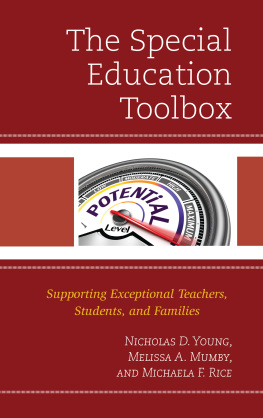

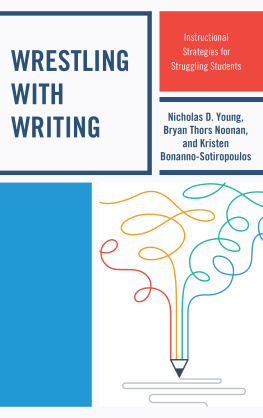

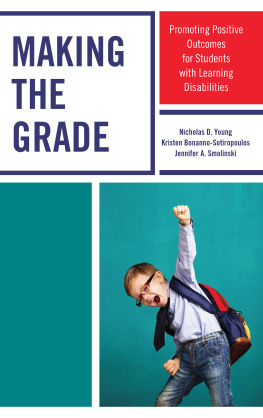
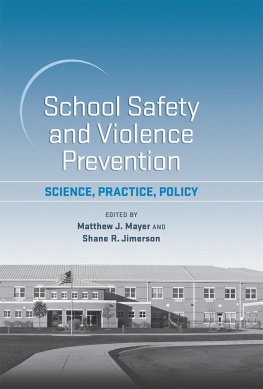
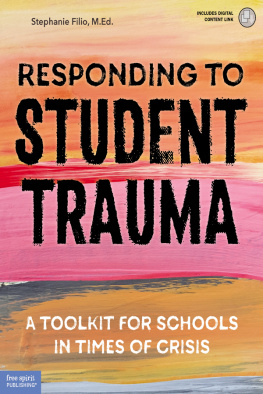


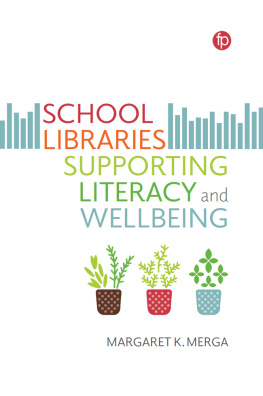




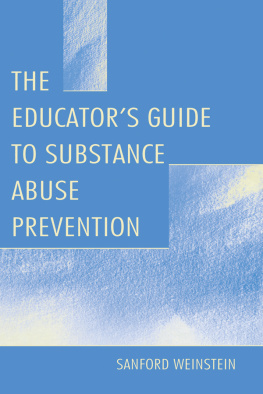

 The paper used in this publication meets the minimum requirements of American National Standard for Information SciencesPermanence of Paper for Printed Library Materials, ANSI/NISO Z39.48-1992.
The paper used in this publication meets the minimum requirements of American National Standard for Information SciencesPermanence of Paper for Printed Library Materials, ANSI/NISO Z39.48-1992.